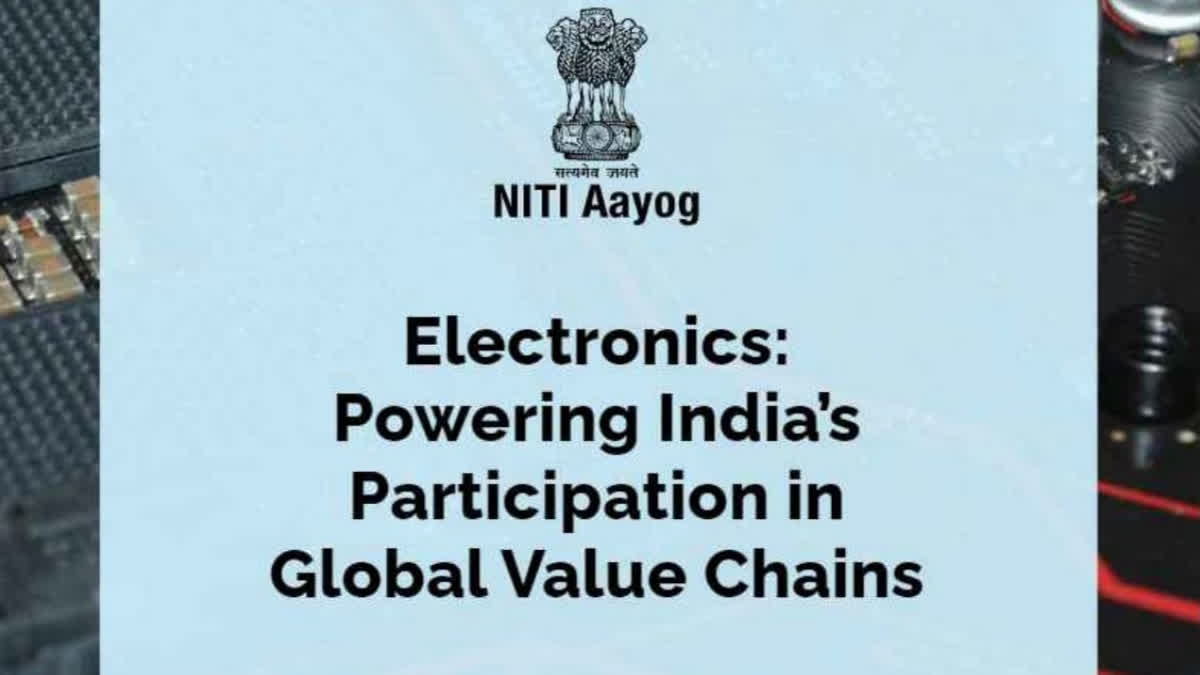New Delhi: India needs to rationalise its direct and indirect tax structures for electronics sector to bring down production costs and compete effectively with other countries, government think NITI Aayog said in a report on Thursday.
In a report titled 'Electronics: Powering India's Participation in Global Value Chains', the Aayog proposed interventions across fiscal, financial, regulatory, and infrastructure domains to help India scale up production of electronics including mobile phones. "Additionally, to bring down production costs and compete effectively with other economies, India needs to rationalise its tax structure (both direct and indirect) for electronics sector," the report said.
It said fiscal incentives may be categorised under three categories -- opex support (for scaling manufacturing of components which are less complex), capex support (to help set up manufacturing for specific complex components), and hybrid support (capex +opex). The report also suggested that the government needs to undertake a thorough audit of existing electronics manufacturing clusters (EMCs) to evaluate utilisation, implementation problems and the state of facilities provided.
It recommended for development of large-size scaled clusters, preferably four greenfield clusters and 6 brownfied clusters. The report also suggested localised refulations and cluster governance and provisions for essential common facilities. It also recommended formulation of policies for improvement of overall attractiveness of clusters through duty-free imports.
Pointing out that high tariffs on components are hindering India's ability to scale up electronics exports and compete globally, the report said, "on average, India's tariff on relevant electronics are around 7.5 per cent, which is higher than China (4 per cent), Malaysia (3.5 per cent) and Mexico (2.7 per cent).
As per the report, a deeper product analysis of India's presence in the electronic value chain reveals while India has made strides in final assembly and sub-assembly, particularly in the mobile and consumer electronics segments, it remains heavily reliant on imports for components manufacturing and design capacities.
It also pointed out that India's smartphone assembly sector has seen substantial growth, with around 2 billion units assembled between 2014 and 2022.
Read More
India Should Aim USD 500 Billion In Electronics Manufacturing By 2030: NITI Aayog



